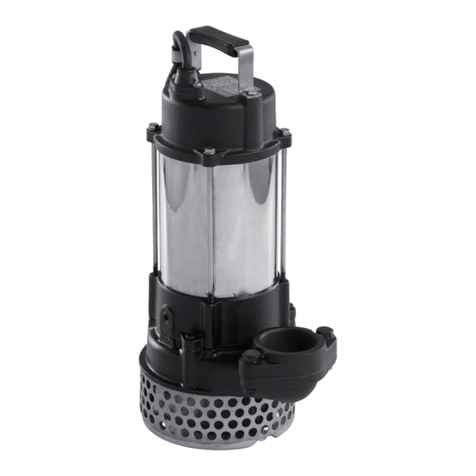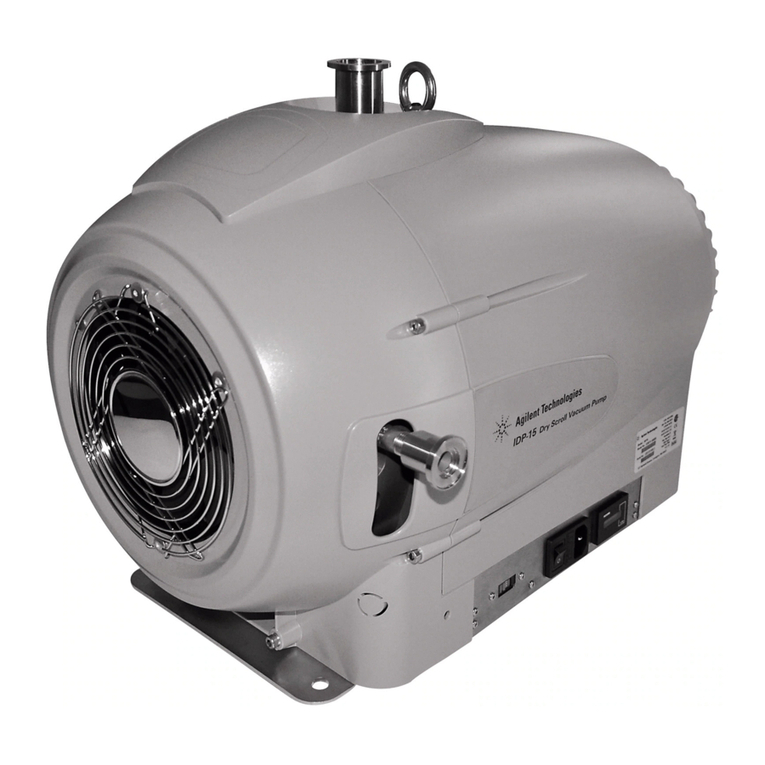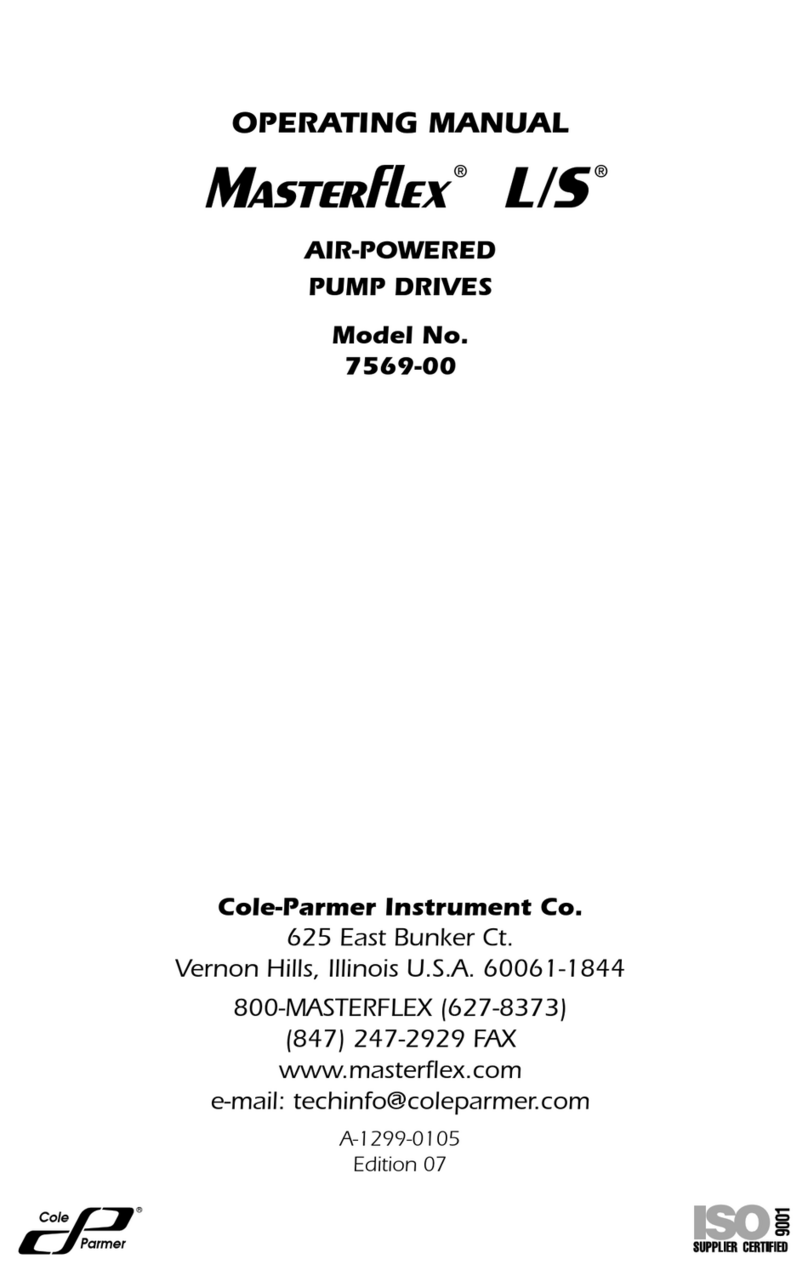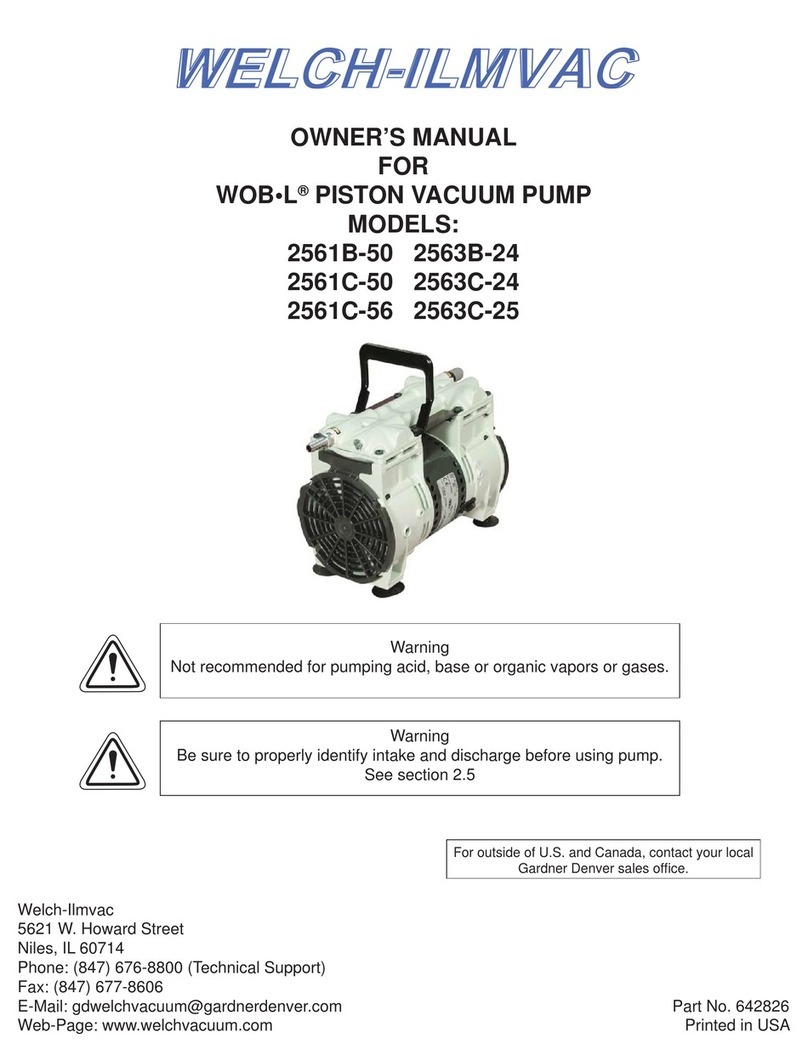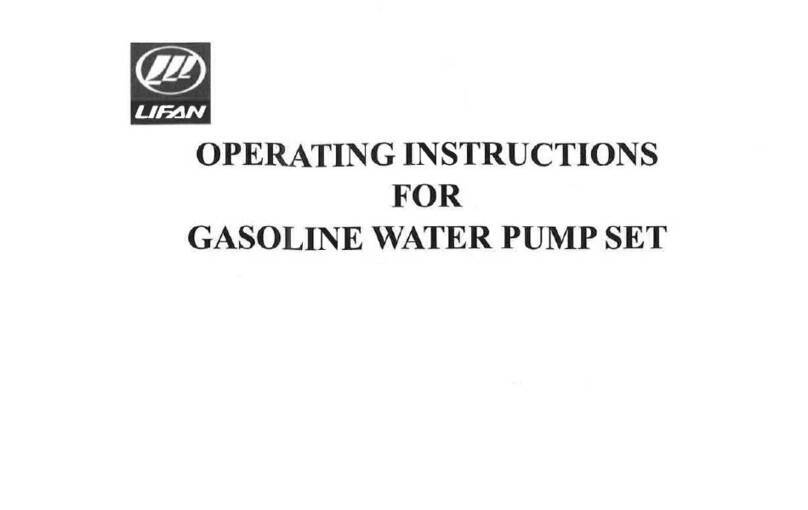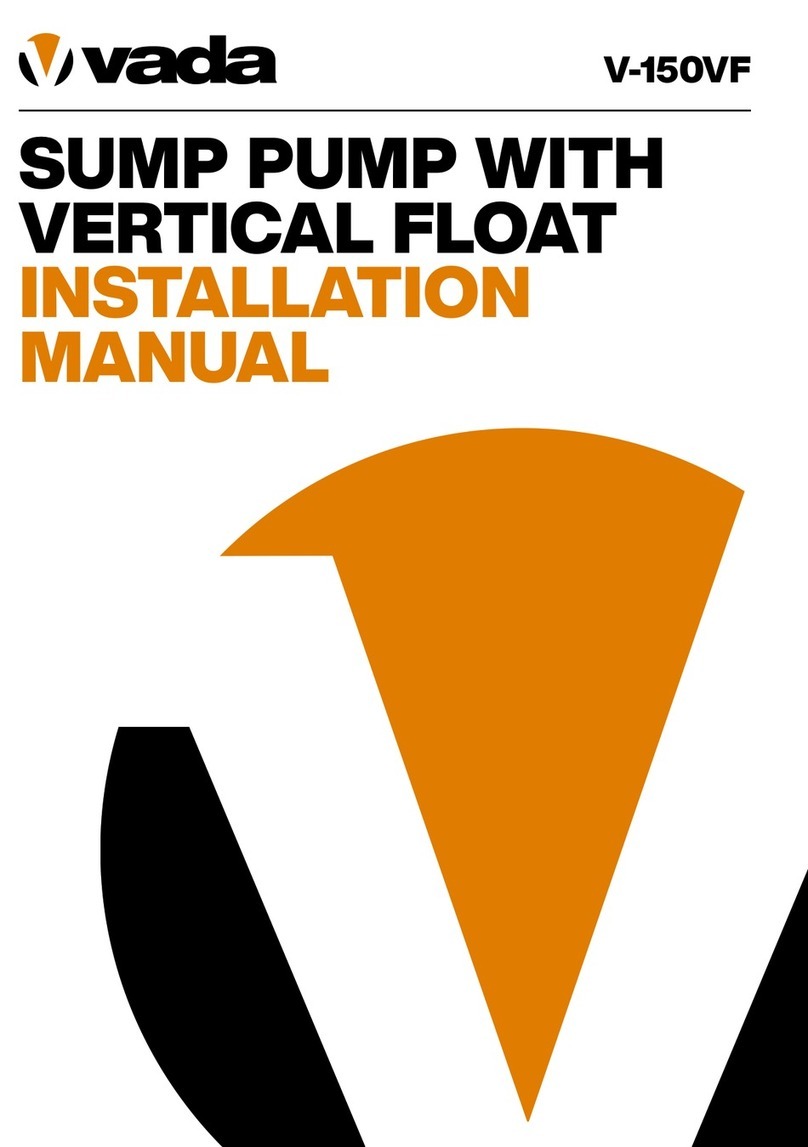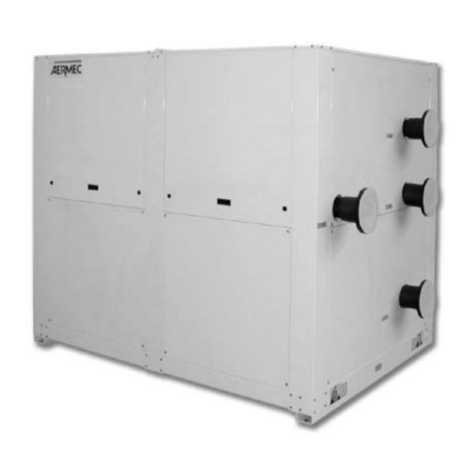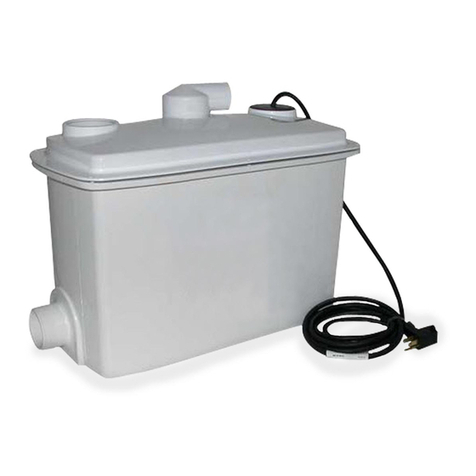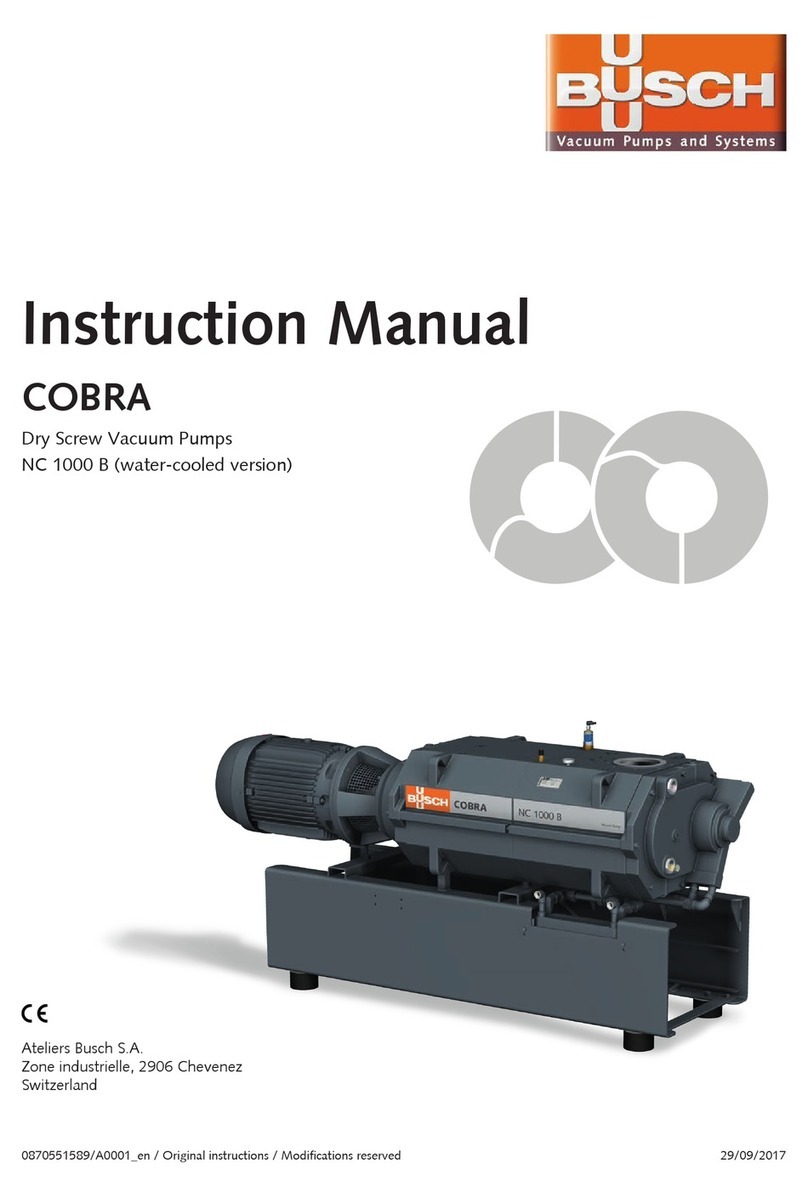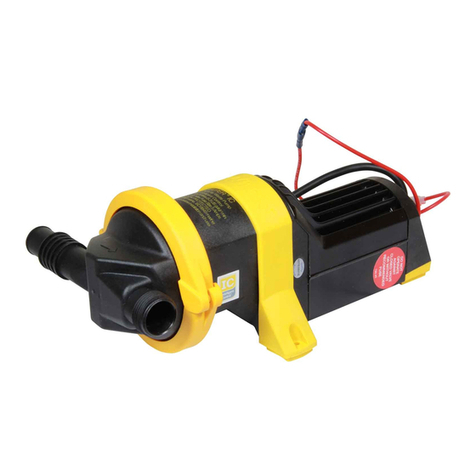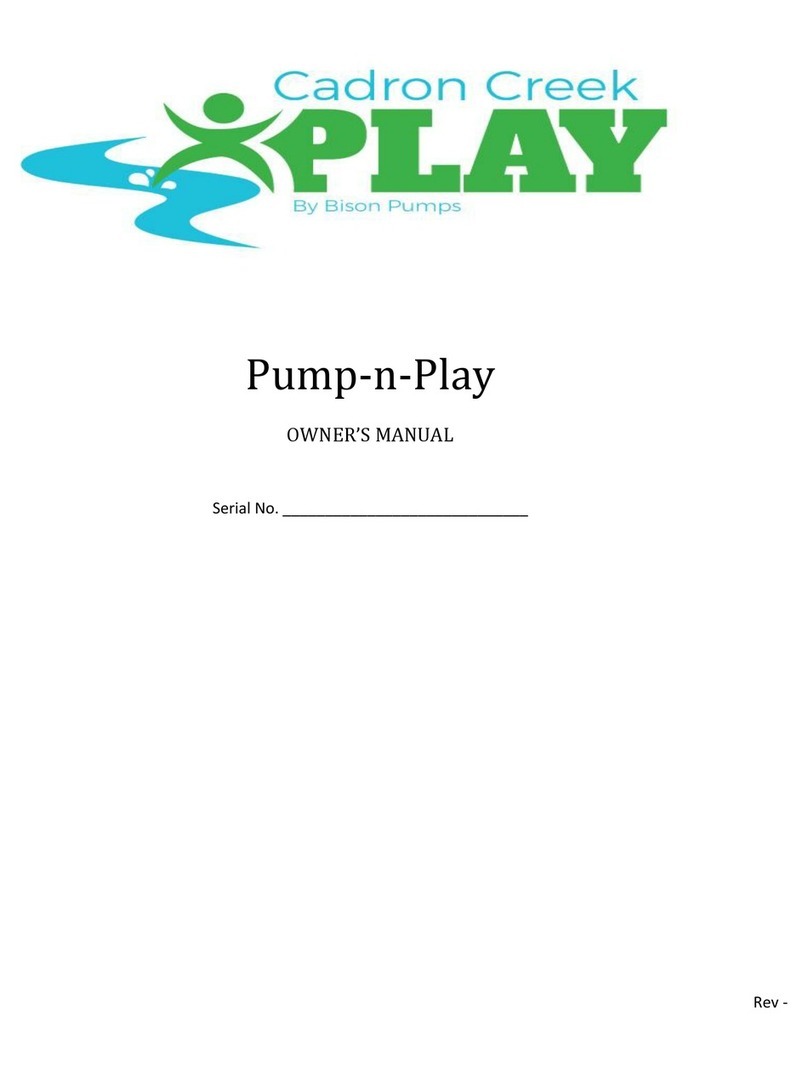
How to Pressurize a Water System
Tools required: Pipe Wrench, Check Valve, Pressure Gauge and Potable WaterHose*
*Bison Pumps offers a Pressurizing Kit consisting of a Lead-Free Brass Check Valve, a 100 PSI
Pressure Gauge, a Bleed-off Valve, and a 10’ Potable Water Hose. See “Other Accessories” at
the end of this manual for ordering information.
Step #1: Turn OFF the power to the electric pump - even if the power source is out
If you are pressurizing a system that normally uses an electric water pump, you will need to turn off the
power to the pump before pressurizing with the hand pump. If the power is restored and the electric
pump begins operating, damage or flooding through the pump could occur. Therefore, TURN OFF
POWER TO THE ELECTRIC PUMP.
Step #2: Close off the water source to the pressure tank from an electric pump
When pressurizing begins, the pump will draw from the water source. Water system access by electric
pumps must be closed so that water is only accessible by the hand pump.
Step #3: Connect the hand pump to the pressure tank
To pressurize your water system, connect the Check Valve (to prevent water backflow), Pressure Gauge
(to know when the pressure tank is full), and a Potable Water Hose (to transfer the water) to the spout
of the hand pump. Connect the hose to the drain valve on the pressure tank. (Detail H)
Bison Pumps recommends using our Pressurizing Kit which contains all the required components.
After the Pressurizing Kit is installed, open the tank drain valve (Detail H –Item E) on the pressure
tank. DO NOT DISCONNECT THE HOSE FROM THE CHECK VALVE OR THE CHECK VALVE FROM THE
SPOUT WHILE THE PRESSURE TANK DRAIN VALVE IS OPEN. Doing so will cause all water to flow out
of the pressure tank.
Step #4: Pump water into the pressure tank after tightening the Gland Nut
Determine the amount of pressure that your pressure tank requires to be full. For most pressure tanks
this is 40 to 60 PSI. The pressure inside your pump will be higher than under normal operating
conditions. Therefore, before beginning to pressurize, the pump’s Gland Nut (Detail H –Item A) must be
adjusted to prevent leakage at the point where the Lift Rod exits the Gland Nut.
To adjust the Gland Nut for pressurization, begin pumping water into the pressure tank. If water leaks
during pressurization, tighten the gland nut in ¼ turn increments until leaking stops. Continue pumping
while watching the Pressure Gauge until the desired pressure is reached. Do not over tighten the gland
nut as it could cause the pumping action to be more difficult or cause damage. Close the pressure tank
drain valve to close off water access from the hand pump.
Model 1900 Owner's Manual Rev C




















